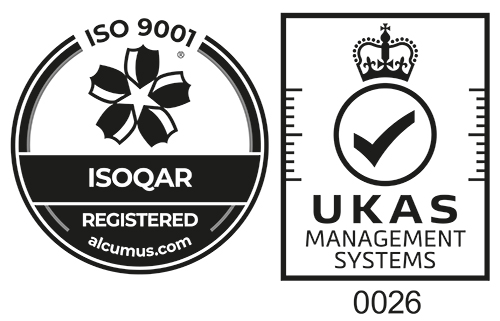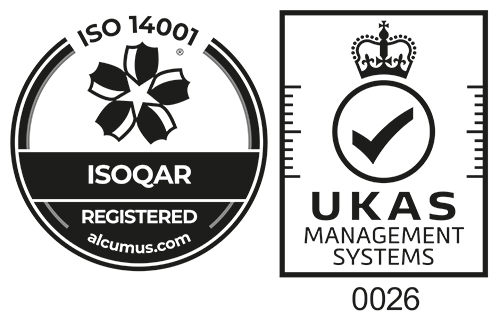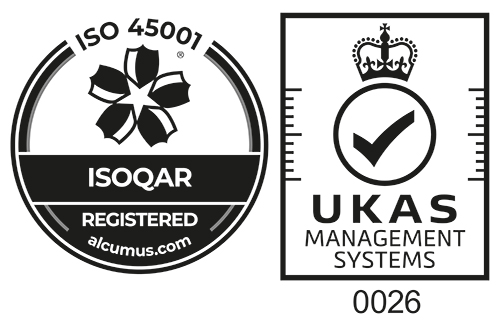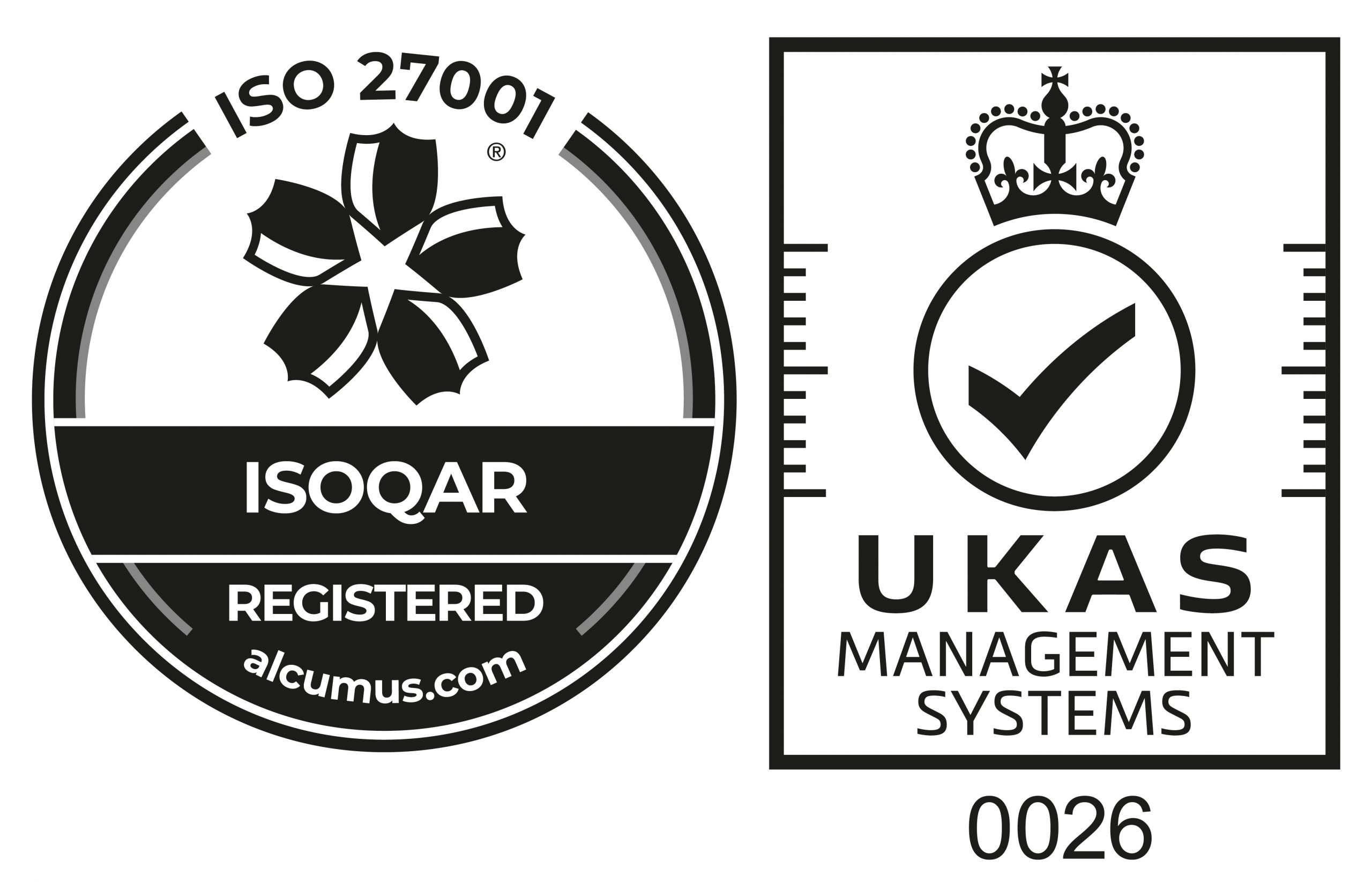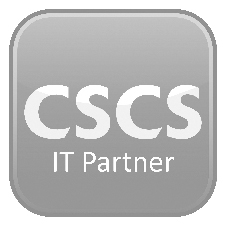Construction companies these days have the option to deliver their inductions both online and offline. In our experience, some chose a blended approach of the two. This ensures engagement is really delivered to the workforce twofold, with great effect. In these instances, employees are told about procedure online, via online learning / PowerPoint presentation / films / quizzes, while face to face interaction is there to ensure the message really gets home.
Organisations today are looking beyond the automation of traditional training models to new approaches to knowledge. At the simplest level, a blended leaning experience combines offline and online forms of learning where the online learning usually means “over the Internet or intranet,” and offline learning happens in a more traditional classroom setting. We assume that even the offline learning offerings are managed through an online learning system. An example of this type of blending may include a learning program that provides study materials and research resources over the Web while providing instructor-led, classroom training sessions as the main medium of instruction.
[vc_video link=”https://www.youtube.com/watch?v=0OPQUmy47OI” el_width=”80″ align=”center”]
Research by the University of Tennessee’s Physician’s Executive MBA (PEMBA) program2 for mid-career doctors has demonstrated that blended learning programs can be completed in approximately one half of the time and at less than half of the cost using a rich mix of live eLearning, self-paced and physical classroom delivery. Of even greater interest, this well-designed program was able to demonstrate an overall 10% better learning outcome than using the traditional classroom learning format alone.
Benefits of Online learning:
- Topics can be organised so that the user can complete them at their own pace, or not depending on the deliverers preference.
- Works quickly absorb information pertaining to the project and in the case of construction companies, the Health and Safety risks associated with them.
- These can be quickly completed along with quizzes and results collated.
- Timely reminders can be sent out to those who do not complete the ‘induction’
- Reduce cost is realised as trainers and rooms do not need to be booked.
Benefits of a hand-on approach:
- The workforce is more likely to remain engaged throughout
- Questions can be asked and answers explored further
- Physical equipment can be better demonstrated
Which Induction topics can be covered online and which require face-to-face interaction:
- Does the induction training refer to a piece of equipment being demonstrated? If so then it may be preferable to have a hands-on approach.
- How high risk is the topic? Many health and safety topics, particularly in the construction sector, are high risk – so it is imperative that messages are received and understood fully.
- Time pressures – Are managers able to undertake inductions. If time and resources is of an issue, then the online route maybe favourable.
Conclusion
Many Organisations are rapidly discovering that blended learning is not only more time and cost effective, but provides a more natural way to learn and work. Organisations that are in the forefront of this next generation of learning will have more productive staffs, be more agile in implementing change, and be more successful in achieving their goals. To paraphrase Jack Welch, legendary chairman of General Electric, the ability of an organisation to learn, and rapidly convert that learning into action, is the ultimate source of competitive advantage. Organisations must look beyond the traditional boundaries of classroom instruction by augmenting their current best practices with new advances in learning and collaboration technologies to maximize results. More importantly, organizations must seek to empower every individual in the organisation to become an active participant in the learning and collaboration process.
Finally, induction training should be well planned in advance and the way it is delivered also decided upon. The blended approach seems to have many advantages over just delivering face-to-face, and the academic literature suggests that time and costs can also be saved. This therefore must be of interest to those preparing induction within the industry from a cost benefit perspective and also health and safety angle.
To read further about Mosaic’s Induction product then please follow the link
Source: A White Paper: – Achieving Success with Blended Learning


